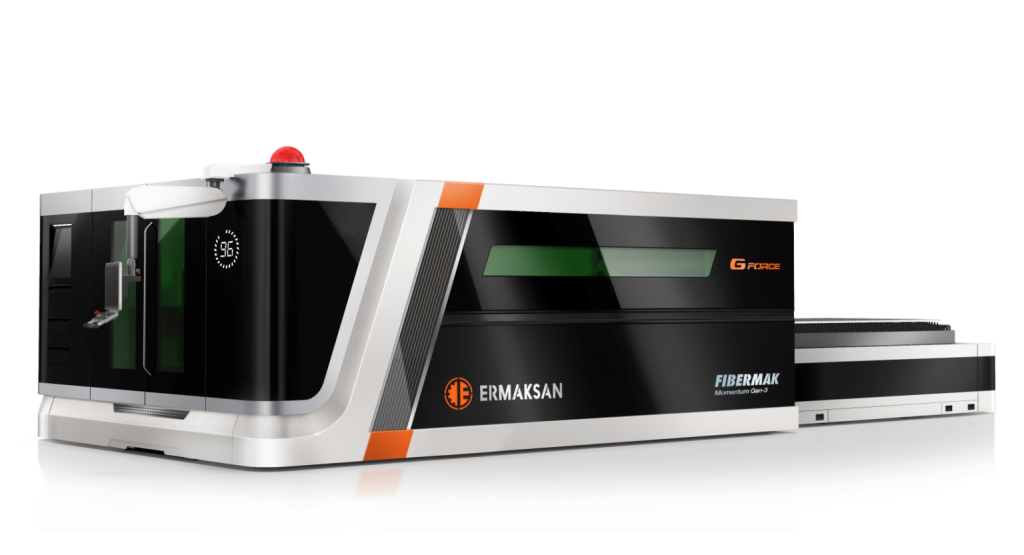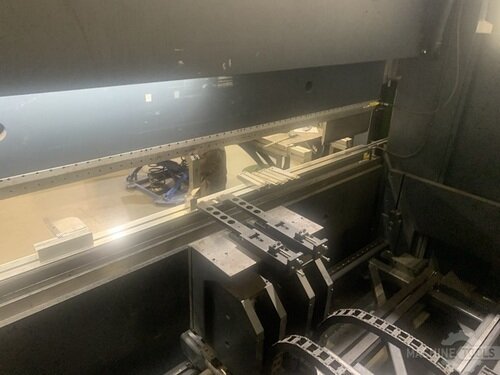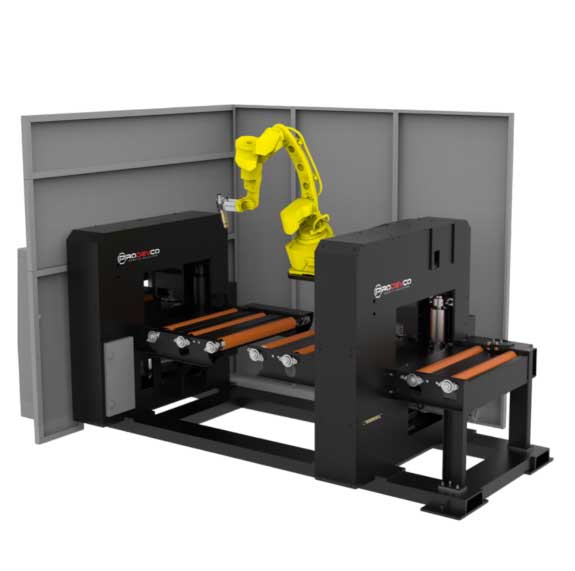As a Regional Sales Executive at Mac-Tech, I’ve spent years partnering with fabrication shops of all sizes, helping them unlock new levels of productivity and profitability. Day in and day out, I see firsthand how the right combination of lasers, press brakes, and workflow strategies can transform material handling bottlenecks into powerful growth opportunities. My approach combines hands-on shop floor experience with personalized equipment recommendations, always with the goal of maximizing return on investment for every client.
Understanding the Real-World Bottlenecks in Laser-to-Press Brake Material Handling
One of the most common challenges I encounter in fabrication shops is the disconnect between high-speed laser cutting and downstream press brake operations. While modern fiber lasers can churn out cut parts rapidly, bottlenecks often crop up when transferring these parts to the press brake. Delay points like manual sorting, inefficient stacking, or a lack of standardized part orientation can quickly erode the throughput gains made upstream.
To address these issues, I always start by mapping out the material flow from the laser to the brake. This allows us to identify exactly where parts pile up, where operators are forced to wait, and which processes are most prone to errors or slowdowns. Often, even simple adjustments such as optimizing part layouts for easier handling or implementing basic automation can yield significant improvements. The key is to recognize that every hand-off, every lift, and every moment spent searching for parts adds up in lost time and diminished ROI.
G-FORCE FIBER LASER
TLS HIGH-SPEED FULLY AUTOMATIC LASER CUTTER
- Heavy Duty Tube Processing Ability
- Innovative 4+1 Chuck Structure
- Intelligent Digital Chuck
- Bevel Processing
Building Strong Shop Floor Relationships for Seamless Process Integration
No equipment upgrade or process change will succeed without buy-in from the people on the shop floor. I make it a priority to listen closely to operators, supervisors, and maintenance teams before making any recommendations. Their insights into daily pain points, workarounds, and safety concerns are invaluable for designing solutions that actually stick.
Open communication between laser and press brake teams is essential for seamless integration. Regular cross-training and collaborative problem-solving sessions help break down silos and encourage everyone to work toward shared goals. When operators feel empowered to suggest improvements and are involved in equipment selection, adoption rates soar and continuous improvement becomes second nature. Ultimately, a culture of teamwork ensures that technology investments deliver their full potential.
Leveraging Advanced Laser and Press Brake Technologies to Improve Throughput
Today’s laser cutters and press brakes are equipped with a host of features designed to streamline material flow and reduce manual intervention. Automated part sorting, conveyorized offloading, and intelligent stacking systems can drastically cut down on handling time between the laser and the brake. On the press brake side, quick-change tooling, adaptive bending aids, and offline programming software keep setups fast and production moving.
When helping clients evaluate new equipment, I focus on solutions that integrate seamlessly with existing workflows and offer upgrade paths for future needs. For example, pairing a high-speed laser with a press brake featuring automatic tool changers can eliminate much of the downtime traditionally associated with setup and changeover. These investments often pay for themselves quickly by boosting capacity, reducing labor costs, and ensuring consistently high part quality.
Strategic Tooling Choices That Drive Consistent Performance and ROI
Tooling is often the unsung hero in the laser-to-press brake workflow. The right selection of press brake dies, punches, and clamping systems can dramatically impact both efficiency and finished part accuracy. Investing in modular tooling systems allows shops to quickly adapt to new part designs without extensive retooling, keeping downtime to a minimum.
Standardizing tooling across machines and part families simplifies training and reduces the risk of errors. I also encourage clients to regularly review tooling wear and replacement schedules, as dull or damaged tooling can cause rework and slowdowns. Ultimately, strategic tooling decisions are about creating a reliable, repeatable process that supports high throughput and minimizes costly surprises.
Data-Driven Equipment Decisions for Sustainable Fabrication Growth
Long-term success in fabrication depends on making informed, data-backed decisions. Tracking key performance indicators like cycle times, part yields, and changeover frequency helps shops pinpoint where investments will have the biggest impact. Modern equipment often includes built-in analytics tools that provide real-time visibility into machine utilization and process bottlenecks.
As part of my consultation process, I help clients analyze production data to justify equipment upgrades or process changes. This not only builds confidence in capital expenditures but also ensures that each investment aligns with broader business goals. By embracing a culture of continuous improvement and leveraging data, shops can position themselves for sustainable growth and lasting ROI.
FAQ
What are the main causes of bottlenecks between lasers and press brakes?
Manual part handling, inefficient stacking, and lack of workflow standardization are common culprits.
How can automation improve material flow?
Automation reduces handling time, minimizes errors, and keeps production moving smoothly between machines.
Is it worth investing in advanced press brake tooling?
Yes, high-quality and modular tooling increases efficiency, precision, and flexibility, boosting overall ROI.
How do I know if my shop is ready for a new laser or press brake?
Assess current bottlenecks, analyze production data, and consult with equipment experts to determine readiness.
What support does Mac-Tech offer during and after equipment upgrades?
We provide full consultation, training, and ongoing technical support to ensure successful integration and long-term value.
Get Weekly Mac-Tech News & Updates








